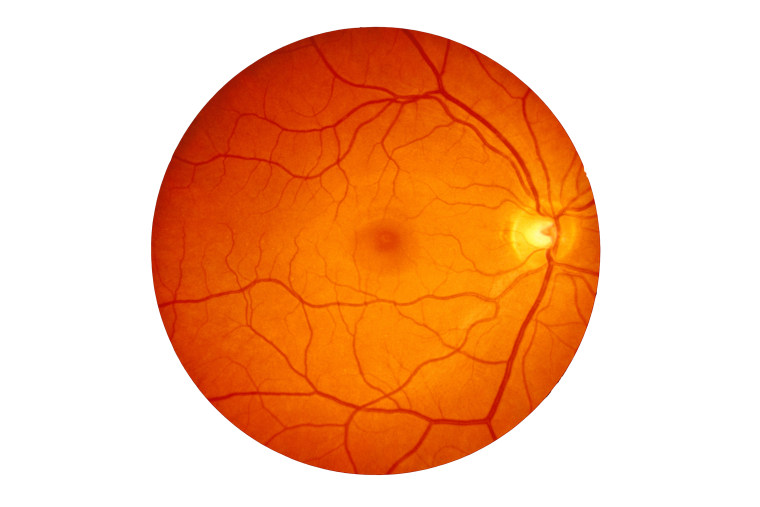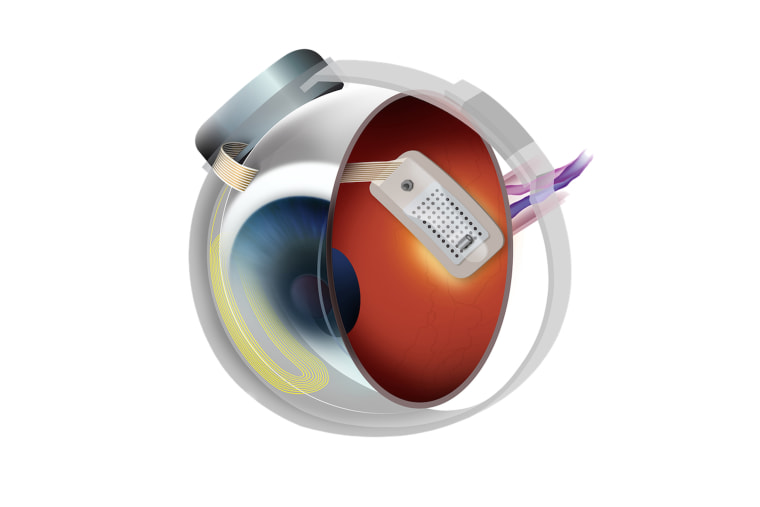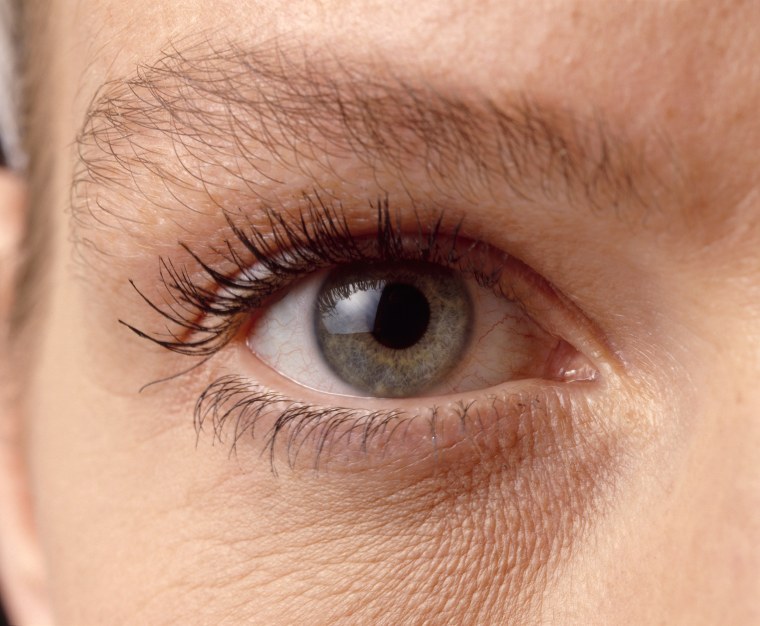Editor’s note: NBC News MACH has partnered with the American Museum of Natural History to present three documentary films at the annual Margaret Mead Film Festival, which will be held in New York City from Oct. 19-22. In "Lust for Sight," filmmaker Manuel von Sturler documents his own experience with macular degeneration. The film led us to examine new treatments for this and other conditions that cause vision loss.
Science has made great strides in reversing vision-limiting problems in the front of the eye — for example, removing cataracts and replacing scarred corneas. Effective treatments for macular degeneration and other problems that affect the delicate light-sensitive retina at the back of the eye have proven to be much more elusive.
But things may be looking up for the tens of millions of people around the world who suffer from retinal problems. Scientists are exploring new approaches to limit vision loss and even restore vision in these individuals, making use of advances in engineering, neuroscience, and genetics.
The latest results suggest that retinal blindness may become a much more treatable condition sooner than anyone had imagined.
“Given the relatively fast pace of clinical research, it is quite possible that within our lifetime, treatments will become readily available to patients as common cures,” Dr. Stephen Tsang, a Columbia University ophthalmologist, said in a reference to stem cell research in particular.
Multiple approaches
Though the techniques may sound futuristic, the research is already starting to pay off. Bionic devices are now restoring partial vision to people who have lived for years without it. Regenerative medicine experts have shown that it's possible to grow specific types of cells involved in vision — and, perhaps one day, entire eyes. And powerful new gene-splicing techniques could soon correct vision-destroying hereditary conditions.
Some of the most exciting breakthroughs are occurring at the cellular level, with scientists exploring regenerative therapies that coax the eye to heal itself.

“The eye is one of these places where biologists have been studying regeneration for hundreds of years,” says University of Washington biologist Dr. Thomas Reh. In particular, scientists have studied fish and amphibians, whose eyes (along with limbs and tails) regenerate after injury or loss.
The thinking has been that if fish and amphibians can do it, maybe humans can too. And that hunch may prove to be correct.
In August, Reh and his team reported a major milestone: regenerating retinal cells in mice, the first such success in adult mammals. The new cells not only “wired in correctly" but also appeared to function normally. “Their light responses looked surprisingly normal,” Reh says.
Reh’s approach isn't yet ready for human experiments, but other regenerative techniques are.
Genes to the rescue
Last March, a Japanese team published encouraging results from an experimental procedure in which a woman with macular degeneration was given transplants of stem cells derived from cells from her own skin. Immediately after surgery, she reported that her long-dimmed vision had become brighter. A year later, the new cells were intact and the improvement in her vision remained.
Gene therapies could augment these efforts. At Columbia University, Tsang has collected cells from patients with a hereditary retinal disease and then used genetic engineering techniques to correct the mutations that underlie it.
The advent of powerful gene-editing tools like CRISPR, which can snip away faulty DNA and replace it with desired genetic material, could expand the reach of his work.
Other scientists are focusing exclusively on gene therapy. A team at Johns Hopkins University, for example, is treating macular degeneration patients with the help of viruses that implant genes coding for proteins that block the progression of retinal damage. Similar techniques might be used to prevent vision loss before it begins.
Bionic eyes
Dr. José-Alain Sahel, an ophthalmologist who leads teams at the University of Pittsburgh and the Vision Institute in Paris, is trying to grow a functioning optic nerve. That's the tract of nerve fibers that transports visual messages to and connects the back of the eye with the brain.
And a consortium of scientists at the University of Pittsburgh, Harvard University, and the University of California, San Diego is focused on the ambitious goal of transplanting an entire human eye. Their plan calls for a combination of surgical and regenerative techniques: doctors would transplant the eye from a donor into the patient and then coax the optic nerve to make connections to the brain.
Meanwhile, bionic eyes like the Argus II — the only such device with FDA approval — are already changing lives. Specifically designed for people with a form of retinal degeneration known as retinitis pigmentosa, the Argus II restores limited vision via a tiny array of electrodes implanted at the back of the eye.

Worldwide, more than 225 people with retinitis pigmentosa have been fitted with the Argus II. Users wear glasses that incorporate a tiny camera to collect visual information, which is then relayed to a box-like processor worn on the belt. The processor communicates wirelessly with the electrodes.
The implant lets users see patterns of light flashes, an effect that's been likened to an old-fashioned scoreboard in which bulbs turn on and off to form numbers and letters. It typically takes months of training before users can interpret the flashes, but eventually they're able to recognize objects — and the faces of loved ones.
It can be a very emotional experience for people who might have spent years in darkness. As Will McGuire, CEO of the Sylmar, California-based company that makes the Argus II, puts it, “Patients can see the outline of their grandchildren or see a spouse for the first time in 10 years.”

